#11 St. Charles Star for Louisa Alexander
by Jean Stanclift
In the fall of 1863, as Union troops and Confederate sympathizers skirmished in the countryside near St. Louis, a woman sent a letter to her husband who had escaped from slavery and run away to the city.
St. Louis in 1859
There Archer Alexander found shelter from people who also offered to donate money to buy his wife out of slavery. In reply to that welcome news Louisa Alexander dictated a response:
MY DEAR HUSBAND,--I received your letter yesterday, and lost no time in asking Mr. Jim if he would sell me, and what he would take for me. He flew at me, and said I would never get free only at the point of the Baynot, and there was no use in my ever speaking to him any more about it. I don't see how I can ever get away except you get soldiers to take me from the house, as he is watching me night and day. If I can get away I will, but the people here are all afraid to take me away. He is always abusing Lincoln, and calls him a old Rascoll. He is the greatest rebel under heaven. It is a sin to have him loose. He says if he had hold of Lincoln he would chop him up into mincemeat. I had good courage all along until now, but now I am almost heart-broken. Answer this letter as soon as possible. I am your affectionate wife, LOUISA ALEXANDERLouisa lived near a settlement called Naylor's Store in St. Charles County where "Mr. Jim" Hollman owned her and her family. Naylor's Store is now a ghost town, but was located 20 miles north of the city of St. Charles, according to an 1855 reference.
St. Louis is the larger arrow on the right; St. Charles city the smaller arrow,
and Naylor's Store is north on the flood plains about half way
between the Missouri River (diagonal green line)
and the Mississippi River that curves around St. Charles County
and south to St. Louis.
"Old Frenchtown" in St. Louis by the Mississippi River
Friedrich Paul Wilhelm's watercolor
of a boat towed by slaves on the Missouri
River across from St. Charles, ca. 1825
Louisa and Archer had enjoyed a relatively stable married life for an enslaved couple, living together for thirty years and raising ten children. After their marriage, Archer's owners sold him to Louisa's master rather than take him out of the state.
By the time Louisa sent her letter, only 13-year-old Nellie lived with her. Three of their girls had escaped to St. Louis and a son was fighting in the Union Army. Archer had disappeared six months earlier.
Black Union troops
Slave holder Jim Hollman and his neighbors were characterized as "Haystack Secessionists," men who helped the Southern cause in small ways by burning bridges and blocking roads to endanger Federal patrols. Archer heard of a planned attack on a wooden bridge and alerted Union sympathizing neighbors.
Archer Alexander in later life
William Greenleaf Eliot, about 1850,
from the collection of the Missouri History Museum
Typical everyday wear for enslaved women during the Civil War
A hay wagon could hide quite a bit
Soon one of the Hollmans rode up demanding to know if he'd seen a woman and girl. The farmer honestly confessed, "Yes, I saw them at the crossing, as I came along, standing, and looking scared-like, as if they were waiting for somebody; but I have not seen them since." The italic emphasis is in William Eliot's published account of the escape. He added, "Literal truth is sometimes the most ingenious falsehood."
The Eliot home
Collection of Washington University
her "bed [bedding] and clothes, and little matters of furniture….We advised her not to go, as they were not worth much, and there might be some risk involved; but she 'honed' for them, and went. Two days after getting there, she was suddenly taken sick and died. The particulars could not be learned, but 'the things' were sent down by the family."
St. Charles Star by Becky Brown
Cutting a 12" Block
http://civilwarquilts.blogspot.com/2014/10/threads-of-memory-10-britains-star-for.html
The curved pieces (D and F) in the St. Charles Star can be pieced or appliquéd. The instructions directly below are for piecing. Scroll down to see instructions for appliqué. *
A – Cut 1 square 4 1/2" x 4 1/2".
B - For the points cut 4 rectangles 5 5/16" x 2 5/8". Cut the rectangles diagonally to make 2 triangles. (Or use template B.) You need 4 triangles and 4 reversed.
C – Cut 4 squares 4 1/2" x 4 1/2" and use template C to cut out the curve.
D - Use template D to cut 4 curved pieces.
E – Use template E to cut 4 shapes with 4 cut out pieces.
F - Use template F to cut 4 curved pieces.
Printing Templates
To print:
- Create a word file or a new empty JPG file that is 8-1/2" x 11".
- Click on the image above.
- Right click on it and save it to your file.
- Print that file out 8-1/2" x 11". At the bottom side of piece C the dark sewing line should measure 4" . Adjust the printed page size if necessary.
Sewing
*Alternate appliqué instructions:
Jean Stanclift who made the block at the top of the page loves to appliqué, so she machine-appliquéd pieces D & F onto backgrounds. She cut 4 squares 4 1/2" x 4 1/2" for the corner square backgrounds (C/D). See a template for the triangles E & F in Block 10, last month's pattern for Britain's Star.
Block 10 Britain's Star
Louisa's letter is a rare example of an enslaved woman's words. She probably was unable to write, but she dictated her letter. Her German-born neighbors held slavery in such contempt they were willing to serve as an informal and illegal post office.
Read William Greenleaf Eliot's account of the Alexanders' escapes in his book The Story of Archer Alexander: From Slavery to Freedom (Boston: Cupples, Upham and Company, 1885). The book, which includes Louisa's letter, is available online at the website "Documenting the American South" sponsored by the University of North Carolina at Chapel Hill. Click on this link:
http://docsouth.unc.edu/neh/eliot/summary.html
Read more about the Alexanders and the Eliots here at this post:
http://civilwarquilts.blogspot.com/2011/10/43-right-hand-of-friendship.html
St. Charles Star by Becky Brown
Becky changed the center here to 4 squares cut 2-1/2"
and fussy cut a fancy stripe.
Make a Quilt a Month
Choose high contrast coloring to evoke the night sky in a 45" wall quilt, Moon and Stars. Sash four of the St. Charles Star blocks with 3" finished strips. Add a 2" finished inner border and a 4" finished outer border.



































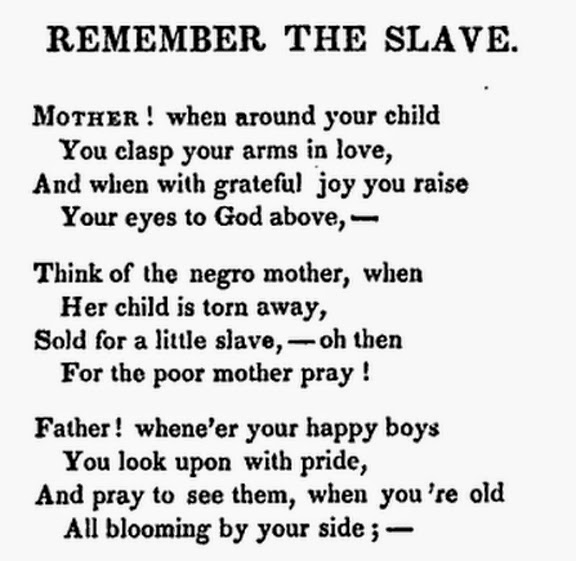




















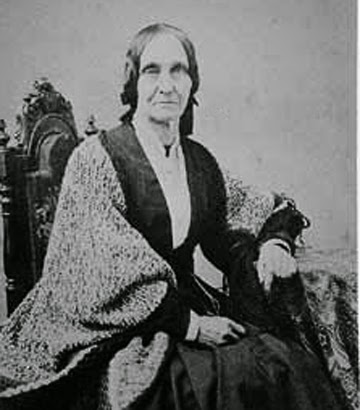








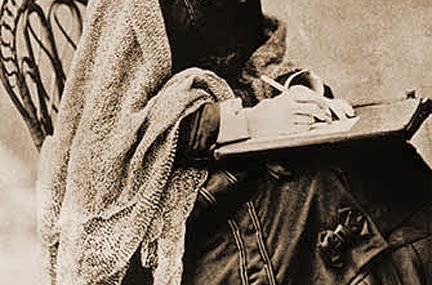
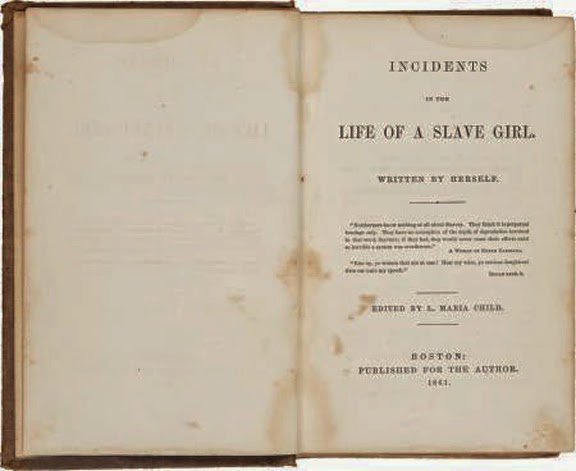





















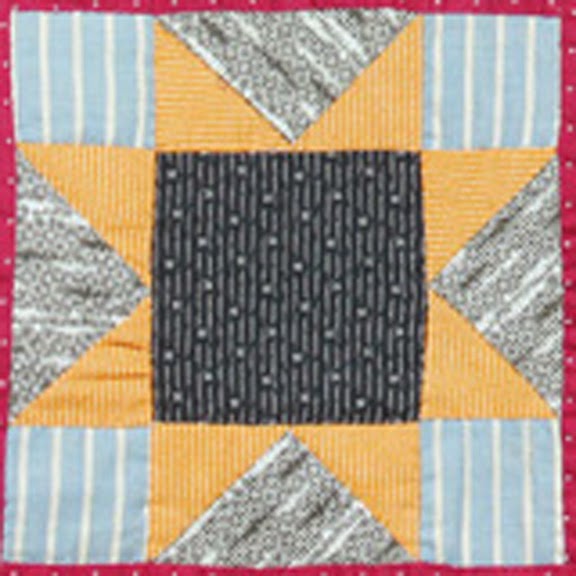









.jpg)
























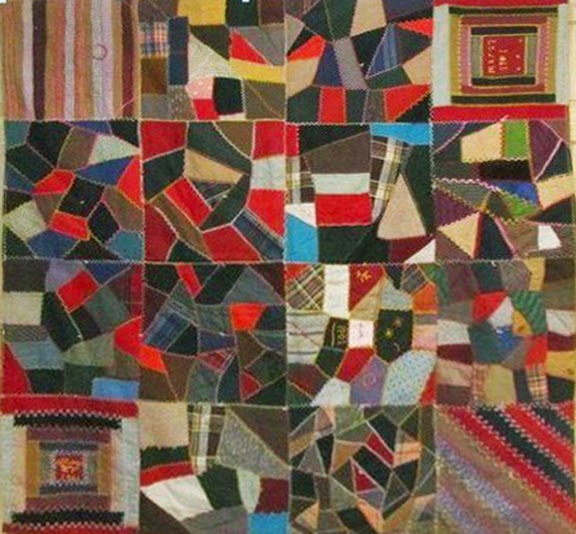

















nZpCN!BQgeOuiEJQ~~60_57.jpg)

































.jpg)























.jpg)


















sss.jpg)
.jpg)
s%2BI9%2BQ~~60_57.jpg)
























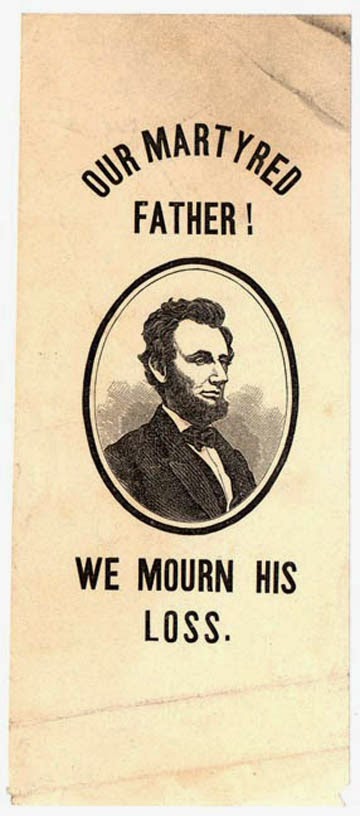
















.jpg)



























.jpg)








.jpg)











































%2Bpg%2B292.jpg)








Oenw~~60_57.jpg)
























